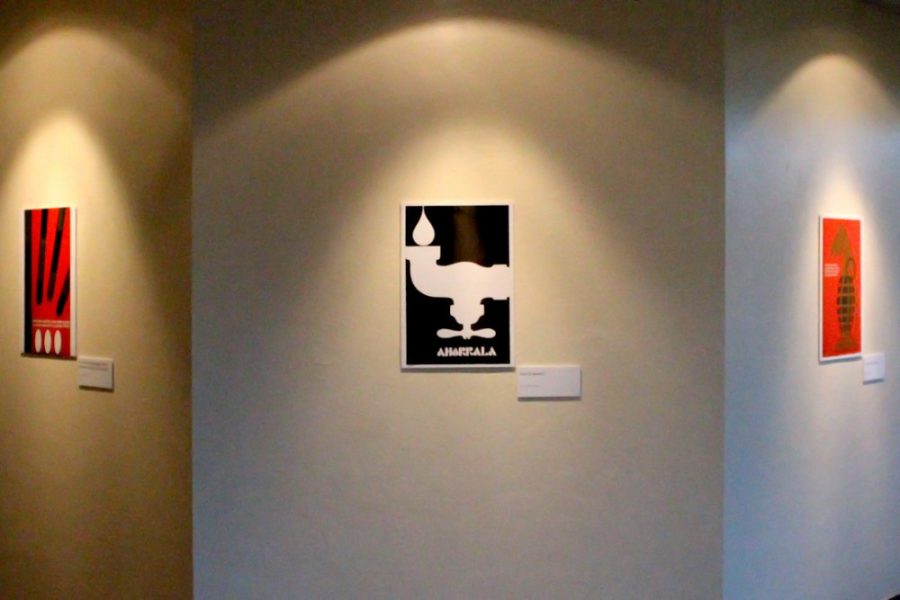When President Barack Obama debuted his now famous “Hope” campaign poster in 2008, few detected its resemblance to the radical Cuban poster art produced in the 1960s. Parallels like this have been noted by Anne Garland Mahler, assistant professor at the department of Spanish and Portuguese, through her research on the Tricontinental movement.
Mahler describes the Tricontinental movement as starting in 1966 with African-American extremists making poster art in Havana, Cuba. After producing the artwork, the art was released worldwide from Mexico.
Mahler’s topic of research is showcased in a new exhibit titled “Silkscreen Revolution: An Exhibit on Cuban Poster Art” in the Student Union Memorial Center’s gallery space today from 4 p.m. to 6 p.m. After the gallery opening, Mahler will be sharing her work beyond the UA campus in a special “Show & Tell” free event downtown at Playground Bar & Lounge from 6:30 p.m. to 8 p.m.
Hosted by the UA Confluencenter for Creative Inquiry, the “Show & Tell” events are meant to share current research topics by various UA faculty with the public through multimedia means. It is a monthly series that occurs on any Wednesday of a given month.
“[The Confluencenter for Creative Inquiry] thought it would be a good idea to have those two [events] together,” Mahler said.This sentiment is shared by Confluencenter staff.
“We thought it was a perfect opportunity to create a whole afternoon of Cuban art and culture,” said Heather Gray, community engagement coordinator for the Confluencenter. “To go from the Student Union gallery and jump on a streetcar downtown to the lecture — it felt like a good fit.”
Mahler said she got involved with her current research because she is from Birmingham, Ala., where there is still a lot of segregation, despite having a history of civil rights movements. From witnessing the continued segregation of the community, Mahler said she began to take an interest in segregation and happened across the Cuban movement completely by chance when looking into the history.
Gray said it’s a great opportunity to meet fellow faculty across campus doing this type of research, and allows the public a chance to learn more about interdisciplinary research and discover new ways of thinking.
“I think the take away is being exposed to different histories and [enjoying] the different communities that Tucson has to offer between the UA and downtown,” said Jamie Manser, the communications and events coordinator for the Confluencenter. “Having [the event] in a non-traditional setting where you can have a cocktail and learn about history and art. I think that’s the takeaway.”
_______________
Follow Ivana Goldtooth on Twitter.
Editor’s Note
Due to a claim of incorrectness from a source in this story, one of the quotes listed as being spoken by Anne Garland Mahler has been stricken. I’d also like to further clarify that the “Silkscreen Revolution” exhibit and the “Show & Tell” event were put on by two different organizations: the College of Humanities putting together the former and the Confluencenter for Creative Inquiry responsible for the latter.









